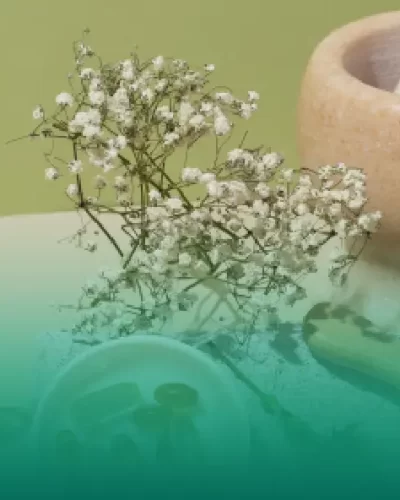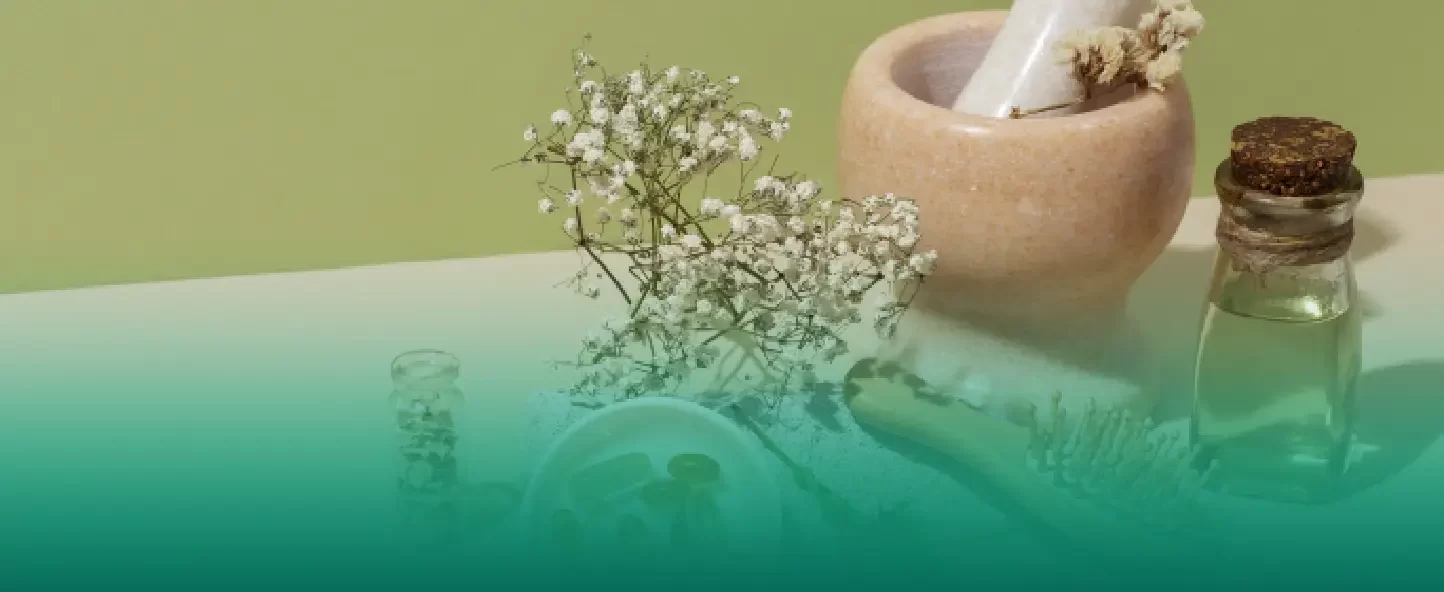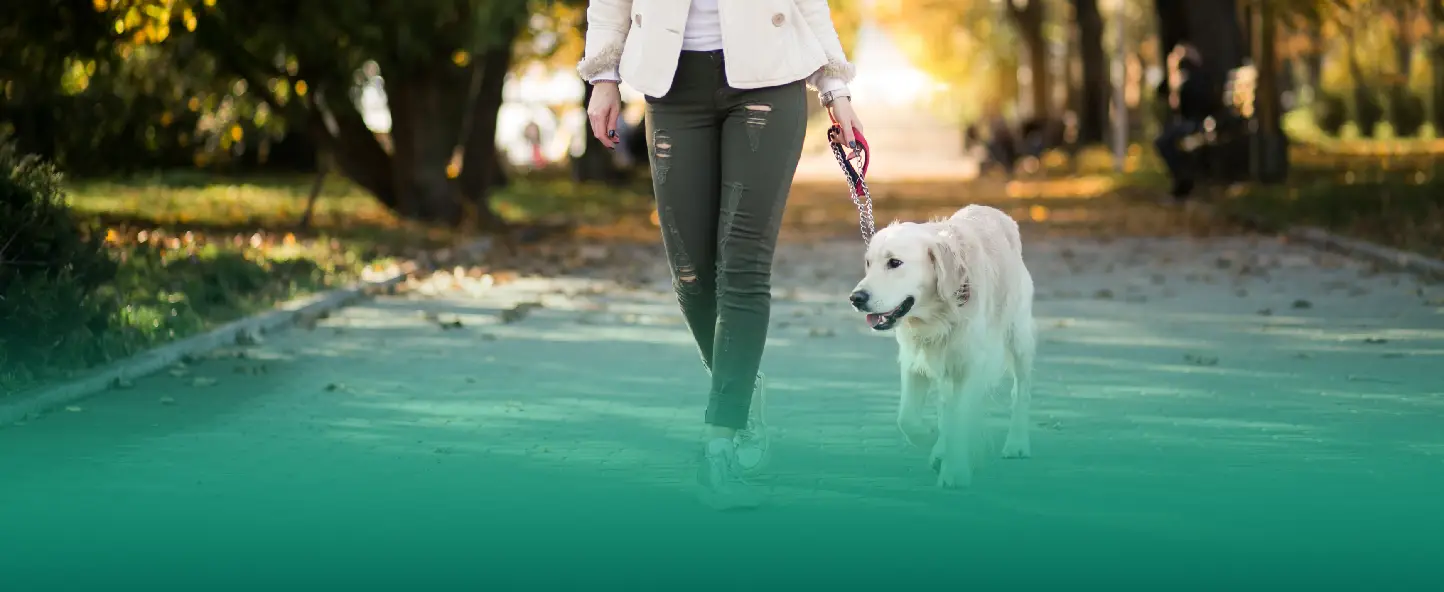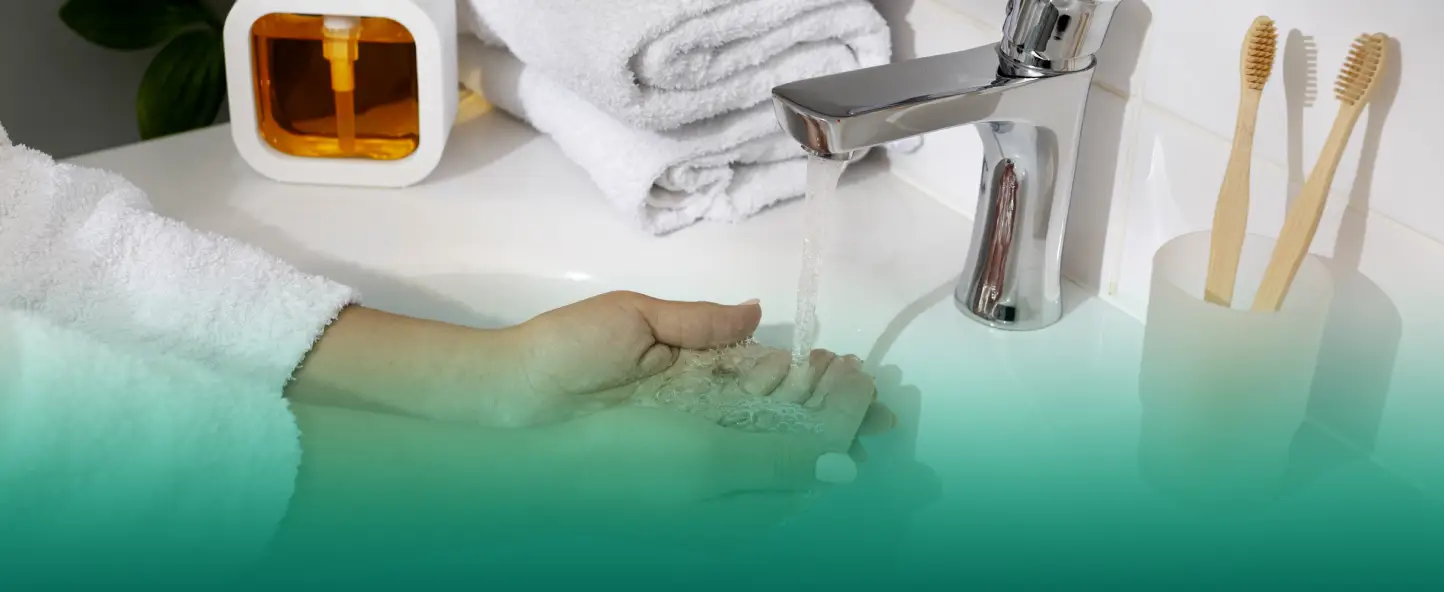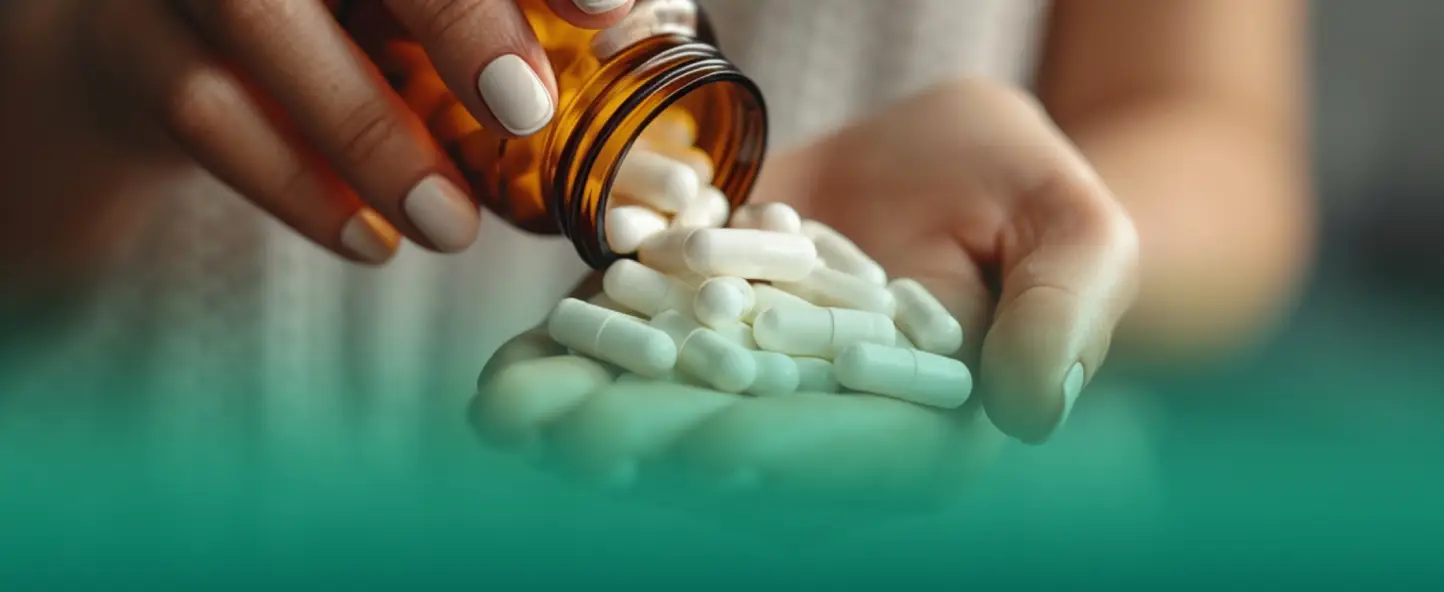It may seem that alternative medicine is hopelessly outdated, but such medicine is still popular and its value is passed down from generation to generation. This diverse world of methods and approaches, sometimes beyond the scope of traditional medicine, attracts people’s attention with its accessibility, unconventional techniques and the promise of a natural and harmonious effect on the body. Many alternative medicine practices have historical roots and are closely related to the cultural and religious traditions of various peoples.
Studying the effectiveness of alternative medicine methods is becoming increasingly relevant in the modern world. Science seeks to understand how safe and effective these methods are to offer society the most informed health decisions.
In this review, we’ve collected five well-known alternative medicine methods and examined what the science says about their effectiveness and safety. Our goal is to provide readers with evidence-based information to help them make informed decisions about their health and well-being.
Mud therapy
Mud therapy is a method that many of you have probably tried while on holiday, immersing yourself in mud baths or visiting mud springs. Mud contains many minerals such as aluminum salts and other minerals that can be beneficial to the body.
This treatment method can serve as an additional option in your health care repertoire. Mud helps reduce inflammation and helps remove dead skin cells. For people with osteoarthritis, this may lead to decreased joint pain. However, for rheumatoid arthritis and venous insufficiency, mud therapy, unfortunately, does not bring significant relief.
Detox
Detoxification is a method of cleansing the body of toxins and waste, which may include special foods and diets to cleanse the colon and liver, procedures to cleanse the lymphatic system, and colonic flushing techniques.
However, in fact, the body itself has built-in cleansing mechanisms, and detox is not necessary. The kidneys filter the blood, and the liver actively fights toxins, which is already inherent in nature.
Acupuncture
Acupuncture is a technique that comes from traditional Chinese medicine. During this procedure, the specialist selects certain points on the patient’s body and inserts needles there. It is expected that this can help solve a wide range of problems.
However, clinical trial results show that acupuncture often does not produce significant results. In treating pain, for example, it is no more effective than a placebo. Even if the needles are inserted into random areas of the body, and not into specific “energy” points, the effect remains the same.
Herbal medicine – herbal treatment
Using medicinal herbs can be dangerous. All herbs contain active components, but their concentrations may vary and it is often difficult to determine the exact content of such substances. This may lead to a risk of complications or overdose.
Halotherapy
Halotherapy is a procedure during which patients are placed in a room with walls covered in salt and breathe moist air saturated with salt.
While moist, salty air may theoretically have its benefits, there is very little research to support its effectiveness. Those studies that have been conducted have not found significant improvement in lung condition from halotherapy.


